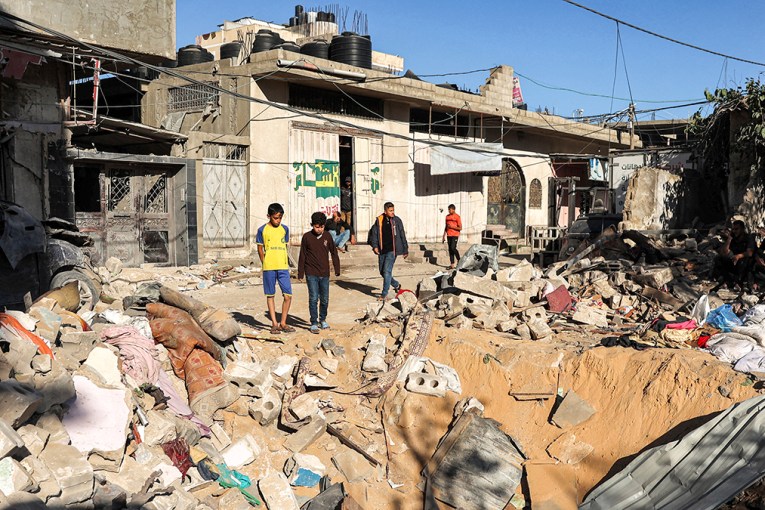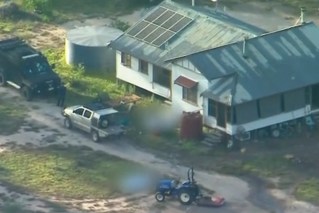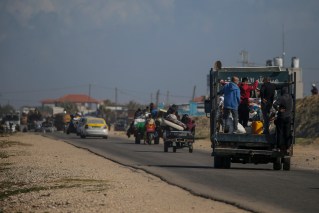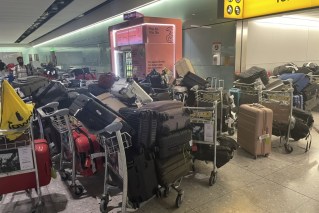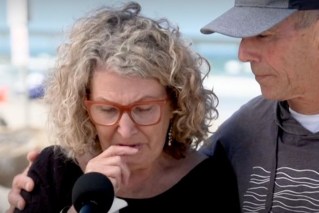Russia’s floating nuclear power plant prompts protests as it heads for the Arctic

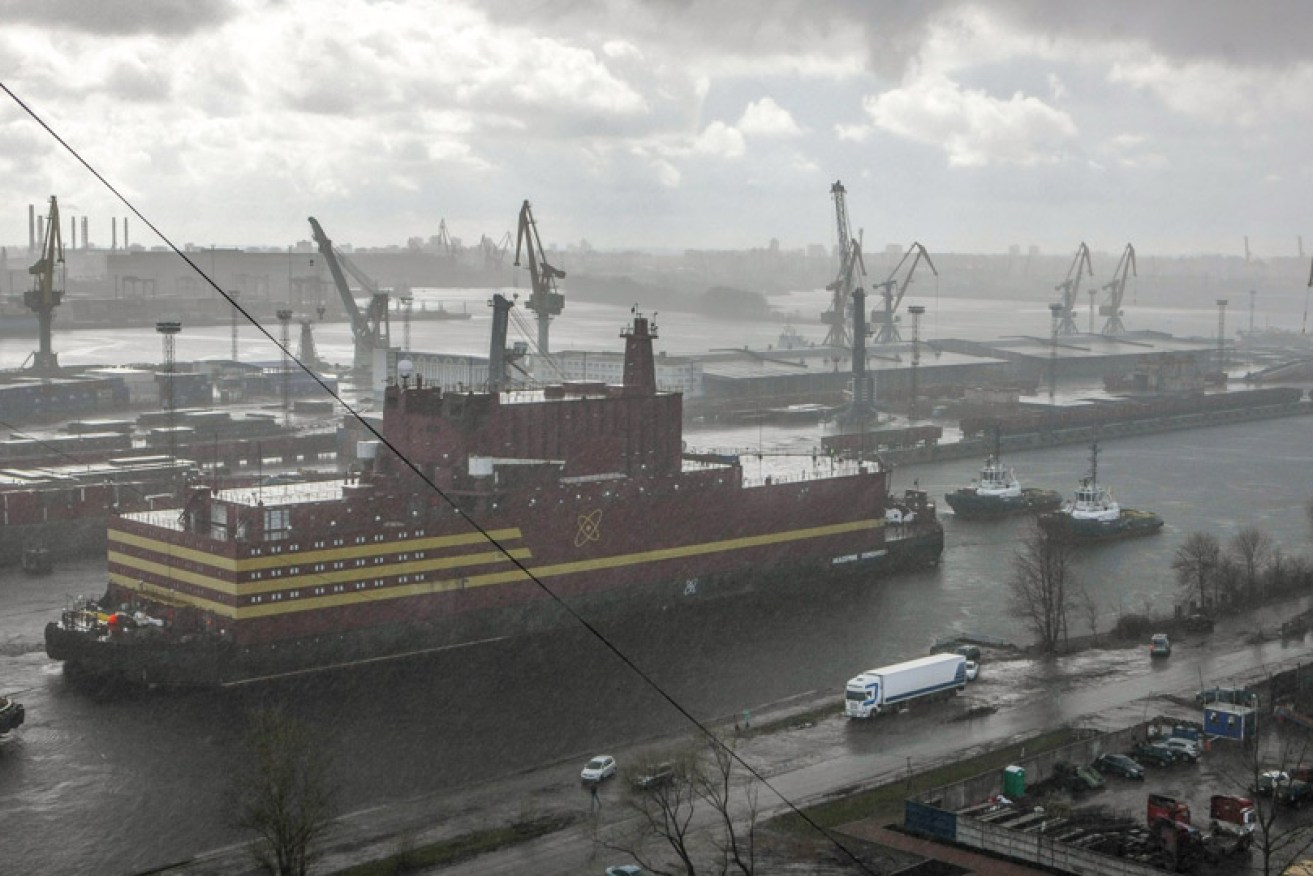
The Akademik Lomonosov is bound for a distant Siberian port town. Photo: AAP
Russia has put to sea a controversial floating nuclear plant to supply far-flung Siberian outposts with power as part of its potentially lucrative development of the Arctic region.
The Akademik Lomonosov vessel was towed from its shipyard in St Petersburg on Sunday (Australian time), bound for the Russian naval port of Murmansk, a city of 300,000 people, where its reactors are to be loaded with nuclear fuel.
The Lomonosov will then be put into service in 2019 in the Arctic port of Pevek, Siberia, where it will supply electricity and heat to the town and oil rigs. Its wattage also will be used to desalinate seawater.
The 474ft vessel can supply about 70 megawatts of electricity, enough for support 200,000 people.
Its owner, Rosatom, the state nuclear energy agency, had originally planned to fuel the twin reactors while it was docked in St Petersburg. But pressure from residents and neighbouring Norway’s Foreign Ministry forced the agency to load fuel at Murmansk, traditional home of Russia’s submarines and Arctic naval fleet.
What Russia wants in the Arctic
Russia is expanding its presence in the Arctic region to exploit rich oil and gas reserves and the thawing Northern Sea Route.

Chinese ships can reach Germany within 40 days using the Arctic route. Russia predicts trade will reach almost 60 million tonnes by 2020. Photo: The Arctic Institute
The northern route, which is entirely within Russia’s exclusive economic zone, is the shortest shipping route from China to Europe.
The distance from St Petersburg to Vladivostok along the route is about 40 per cent shorter than via the Suez Canal, potentially allowing Asian cargo transporters to reach Northern Europe about nine days faster.
Typically, the route would only be free of ice for about two months a year, but climate-induced melting of ice is increasing this time, making it more viable.
Moscow is strengthening its military presence in the region as both a result of the changing climate and in preparation for greater commercial activity.
In late 2017 Russia sent the world’s largest nuclear-powered icebreaker, Sibir, to the region to clear a path for Russian ships to deliver gas to Asia.
Activists fear a leak
Greenpeace environmental activists have dubbed the Lomonosov “Chernobyl on ice”, as they fear a leak of nuclear fuel. It is a reference to the 1986 disaster at the Chernobyl reactor in Soviet-controlled Ukraine that prompted a mass evacuation and left swathes of Ukraine and neighbouring Belarus uninhabitable.

Greenpeace activists have protested heavily against the “floating Chernobyl”. Photo: Greenpeace
The ship is vulnerable to storms, rough seas and potential terrorist attacks, Greenpeace has claimed.
“Nuclear reactors bobbing around the Arctic Ocean will pose a shockingly obvious threat to a fragile environment, which is already under enormous pressure from climate change,” Greenpeace nuclear expert Jan Haverkamp said in a statement.
“The floating nuclear power plants will typically be put to use near coastlines and shallow water … contrary to claims regarding safety, the flat-bottomed hull and the floating nuclear power plant’s lack of self-propulsion makes it particularly vulnerable to tsunamis and cyclones.”
Rosatom denies the Greenpeace claims, saying it is not an environmental threat, and noting that its twin reactors are tried and tested versions of those used in Russian naval vessels.
Russian officials also note the operating system is totally different from the Sixties-era “graphite-moderated” Chernobyl reactor – a technology that had been abandoned long before the ageing plant melted down.
Rosatom says the vessel will be replacing an ageing nuclear plant scheduled for decommission.
If the Lomonosov is a success, Rosatom reportedly plans to mass produce the floating plants for sale to countries such as Algeria, Indonesia, Malaysia and Argentina.
-with AAP
